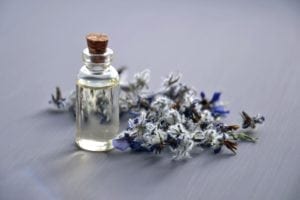4 Ways To Improve Hair Loss/Thinning Naturally
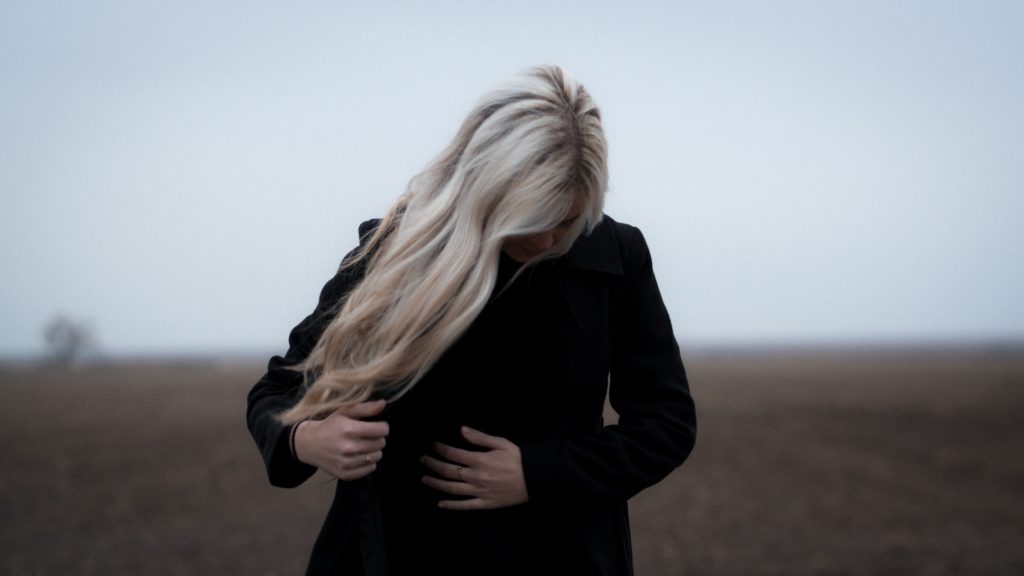
Hair loss/thinning.
It’s one of the – for me anyway – annoying/heartbreaking side effects of the meno years.
When I noticed my hair getting finer and even receding a millimetre at the hairline I was upset. Nobody else noticed, but to me, it yelled. I did some research and discovered that almost half of women who experience hair loss/thinning don’t talk about it. A bit like menopause right?
Half of the women who experience hair loss/thinning don’t talk about it (a bit like menopause right?). Click To TweetSo, I’ve been on the hunt for natural solutions and I have three to offer you.
In addition, I can tell you that hair benefits are one of the byproducts of 40+/55+ for me. In particular an increase in its thickness (as well as my nails). This is untested, but a friend who is taking 40+ has noticed a similar effect. Even her hairdresser commented on it and showed her all the new hair growth happening on her scalp.
So that’s actually four natural solutions. 😀
I know how traumatic hair loss can be. I also know, through my research, how much it can affect a woman’s confidence. Plus, if you’re reading this you’re probably in your 40s or 50s. The statistics show hair loss affects around one-third of women by age 50.
Hair loss affects about a one-third of women by age 50. Click To TweetHormones have a lot to do with it (of course). As your estrogen levels fall hormones called androgens cause hair follicles to get smaller and produce finer hair. In some cases they even stop growth.
Our old foe stress is also believed to be behind an increase in hair loss. Another reason we recommend incorporating stress releasing lifestyle practices into your life during the meno years.
Here are my four go-to’s (right now):
1. 40+ or 55+
I simply have to add this one to the top of the list as it can make an amazing difference to both hair and nails.
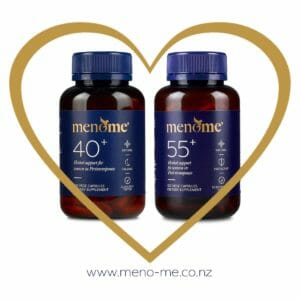
We have clinical trials to show it helps with the symptoms of peri and post-menopause. We even have tests to show that it helps diminish the appearance of lines and wrinkles. But nowhere in the testing does it measure the effect of EstroG-100 ™ (the herbal hormone balancing trio in both 40+ and 55+) on hair and nails. But the proof is in the pudding. Many women who use 40+ or 55+ notice their hair and nails get thicker and stronger. It’s an unexpected bonus.
2. Castor Oil
Castor oil is an age-old remedy for improving hair growth as it’s antimicrobial and helps increase circulation. It’s also rich in antioxidants which help support keratin and encourage strength. Recently, I got online and ordered some to test it out. I don’t know if you’ve ever used castor oil but it’s very thick and sticky.
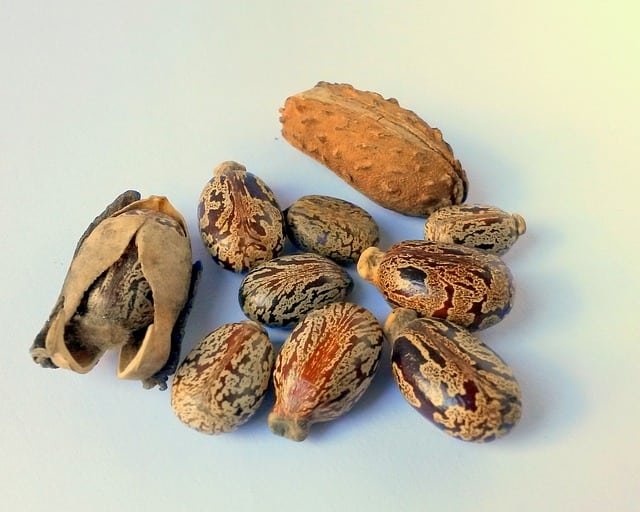
I applied it to my roots by tipping up the bottle and dabbing it on, then massaging it in. As well as I was able to due to it its stickiness. It’s quite a messy way to apply it – a bottle and eyedropper would be more effective.
I left it on for an hour – sometimes overnight with a towel on my pillow – and then washed it out. A very thorough, double shampoo is called for to get it all out.
Results: my hair was in amazing condition. I’ve been a bit sporadic with it so I can’t actually swear that it increased the volume or growth rate. I have noticed it has seemed finer again while I haven’t had the time to do it though.
2. Liquid Silica
This was a tip from a celebrity hairdresser in Sydney who used to do all the big names.
He told me to buy some pure liquid silica and take it daily. Not a mixture such as a hair, skin and nails formula, but pure silica. He said he’d seen phenomenal results in some of his clients whose manes were part of their trademark.
As an addendum silica supplementation is meant to be a great boon in balancing hormones. Many of us become deficient as we enter our 40s and beyond so it’s a good addition for us. Additionally, it bonds with minerals and helps transport them to the hair promoting growth and vitality.`
One caveat with this one is it can cause all hair to start growing so beware of whiskers. Or get a regular check with your beauty therapist so you can enjoy your tresses.
Results: It definitely did make a difference and it’s something I want to go back to. I haven’t done it for a while as I wasn’t able to get my hands on the product I wanted.
3. Biotin
This one is a famous supplement for hair thickening although the actual scientific evidence is a bit thin on the ground. To be honest with you I haven’t tried it yet as a supplement for hair per se. But it’s a popular ingredient in many shampoos and I have tried it that way.
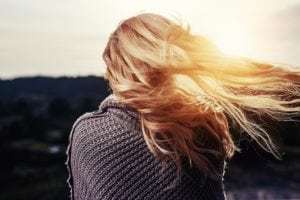
Biotin is vitamin B7 and is used by the body to convert macronutrients into energy. It’s often called Vitamin H as it contributes to improving hair, skin and nails. A lack of it can contribute to hair loss – a tiny bit of evidence says it may help with this.
Biotin is often included in supplements specifically formulated for hair health. You can also ingest it via eggs, almonds, cauliflower (have you tried our cauliflower pizza base?) mushrooms, sweet potato, spinach, salmon and organ meats.
We require about 30 micrograms of biotin per day. Alcohol, smoking, antibiotics and gut issues will all affect your levels so do do a health check. It certainly can’t hurt to consume any of the above.
Hope that helps ladies!
Images thanks to Ashton Bingham Unsplash

